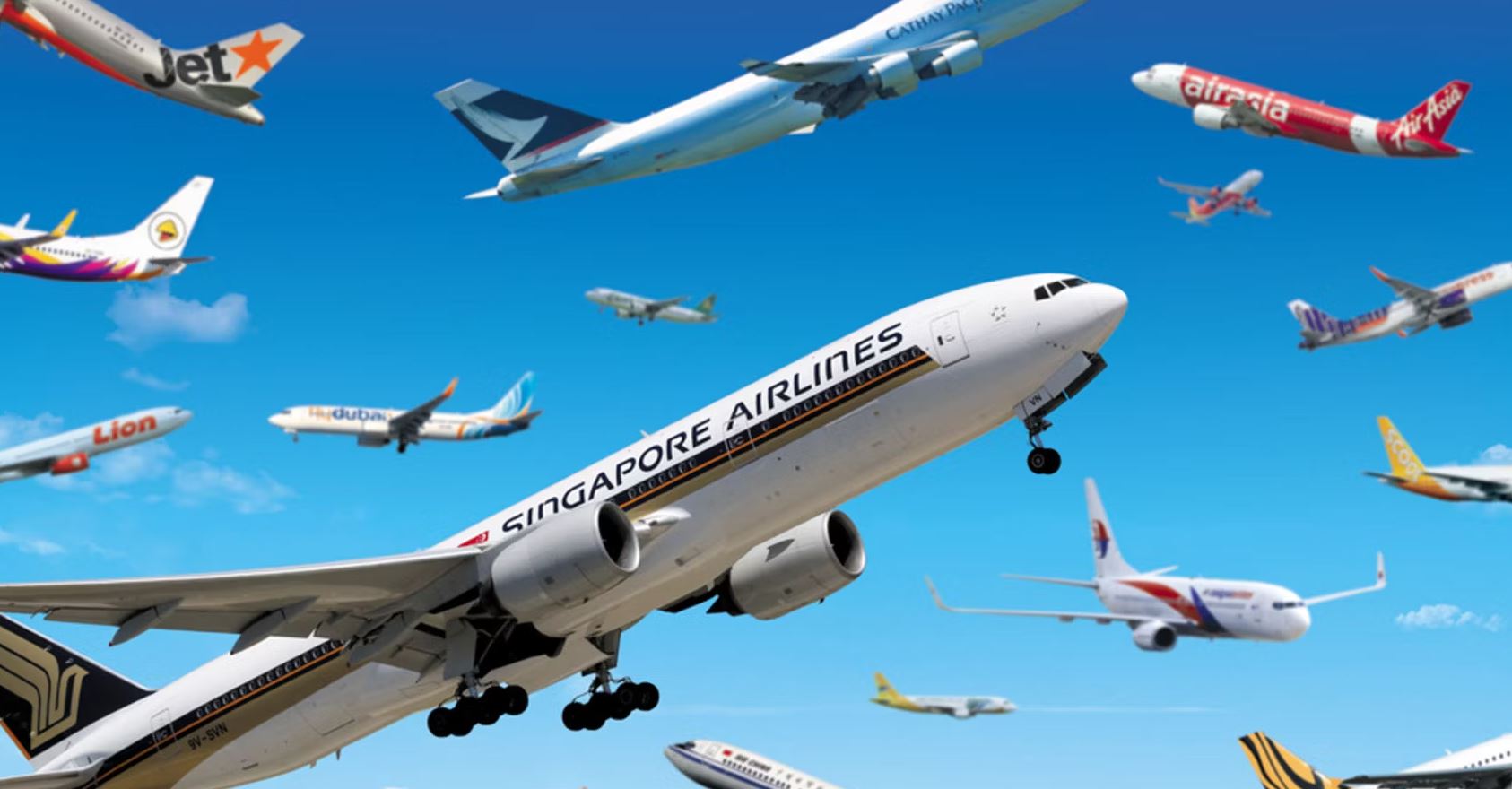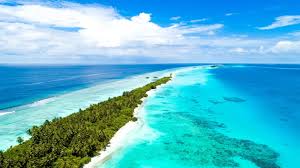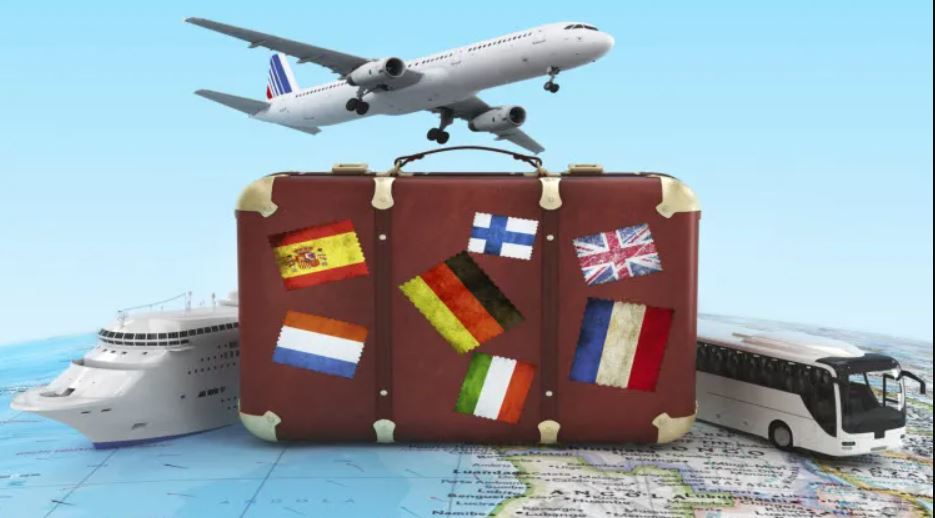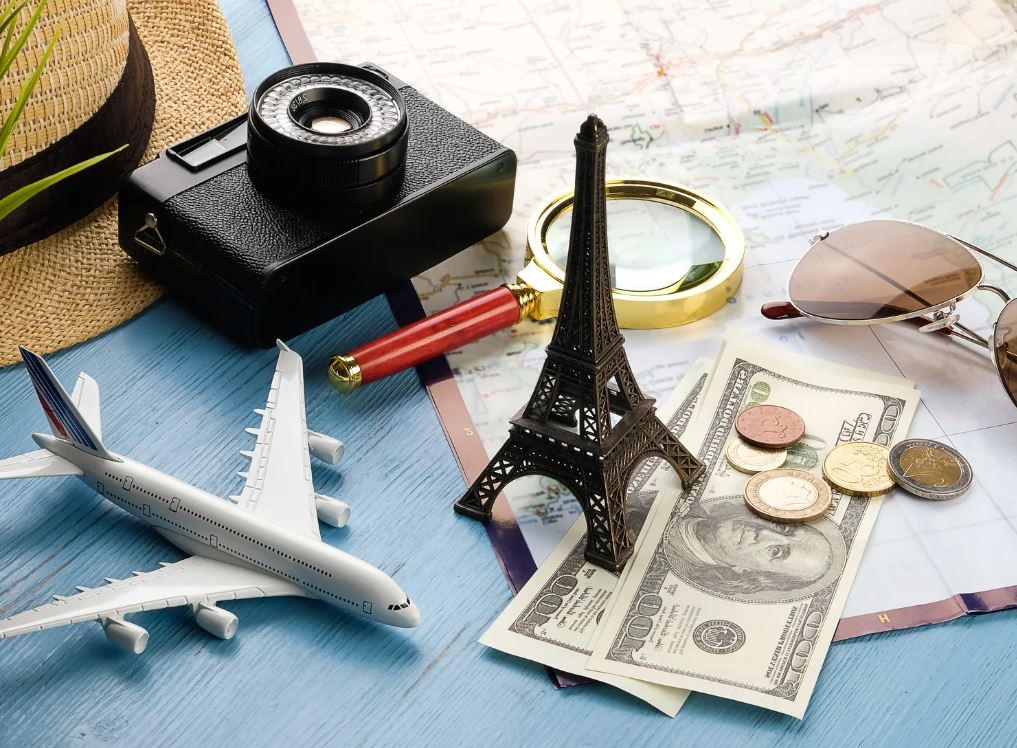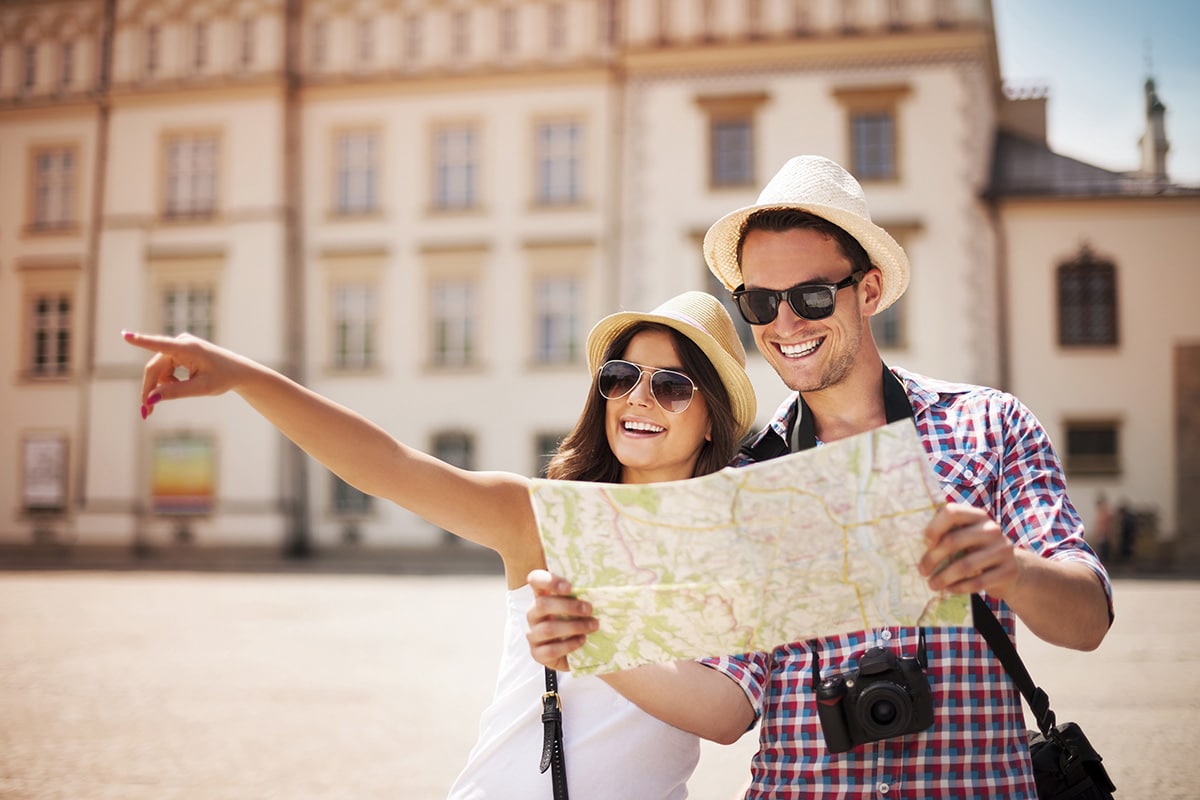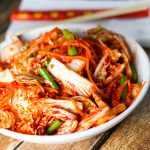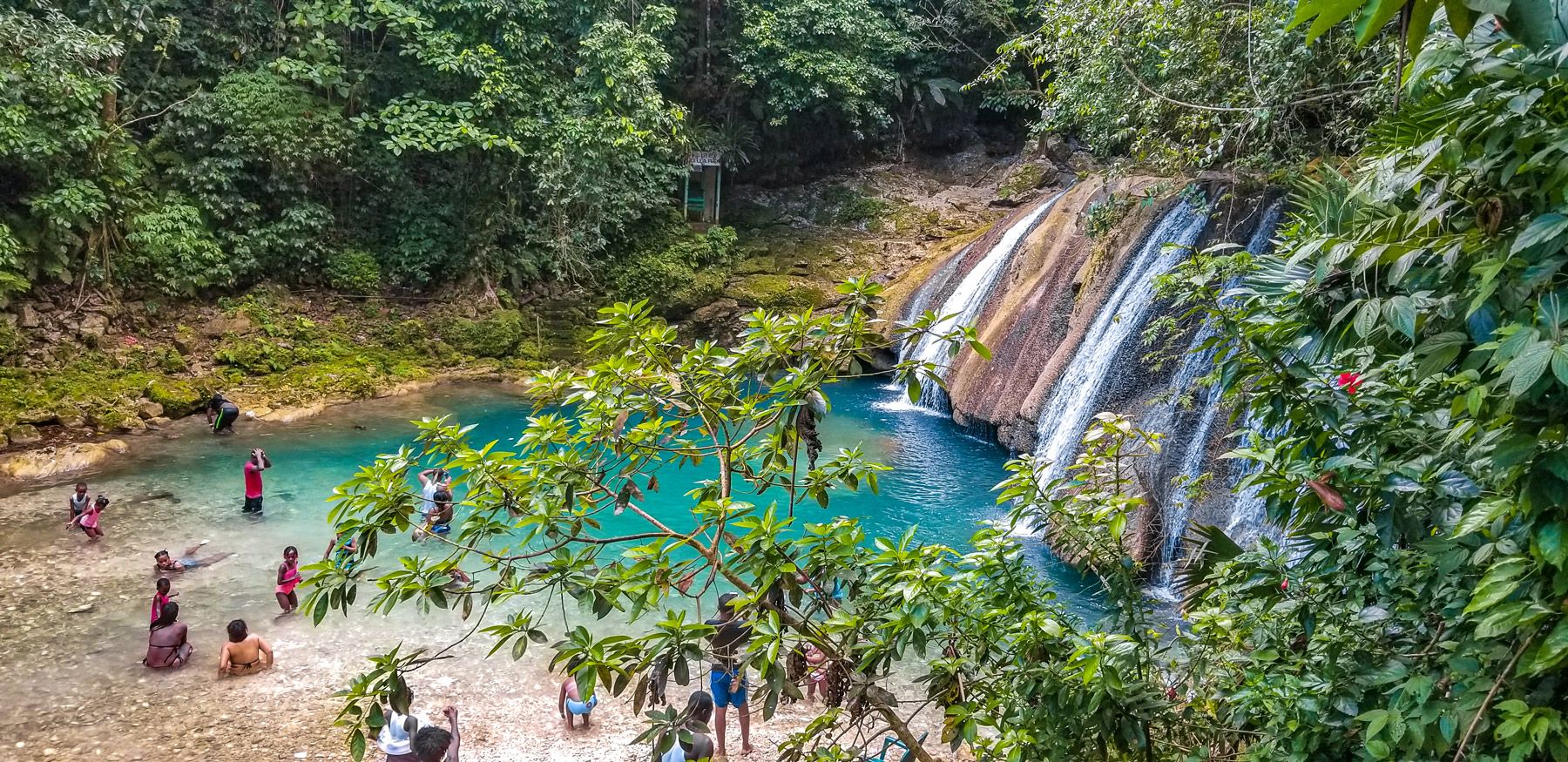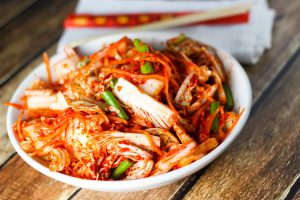
South Korea stands out from other Asian countries mainly for its numerous temples, palaces, fortresses and natural wonders such as hot springs, sandy beaches, mountain peaks and national parks. It is intriguing to know that there are close to 900 Buddhist temples in this country. The currency used is Korean won, 1 USD is equivalent to 1180 South Korean wons.
Religions and holidays
The majority of the people in South Korea do not practice any religion, less than half the population of this country practice religions such as Christianity and Buddhism. A lot of Christian conversions have occurred in the recent past and Christmas is a popular festival that is celebrated with lot of pomp. Traditional holidays in South Korea are celebrated based on lunar calendar so the holidays fall on different days each year. Some important traditional Korean holidays based on the lunar calendar are: Chuseok (Korean Thanks Giving day) and Buchonnim osinnal (Buddha’s birthday).
Climate
South Korea experiences all four seasons in a year and to those of you who are wondering about the best time to visit this country, I’d say you can travel during all the four seasons except summer. Spring (March to May) for instance is ideal for watching the pink cherry blossoms bloom in their full glory like in the parks of Tokyo during this season and the weather is warm without any rains, an ideal time for taking a tour of this country. Summer (June to August) is really hot and gets very humid so I advise tourists not to travel during the summer season because of the bad weather which is not suitable for vacationing and ironically this also is the time when airfares and accommodation are expensive because of the higher tourist influx. Autumn (September to November) is probably the best time to visit this country because of the pleasant weather, the heat and humidity must have totally disappeared when the season changes from summer to autumn starting early September. The country gets covered with snow during winter and this season is ideal for skiing and hot-spring hopping.
Getting to South Korea
If you are a US citizen you will not need a visa to enter into this country. All that is required is a US blue passport, a flight ticket and a US TSA document such as a valid driver’s license to fly out from any of the cities in the US. US citizens can stay up to a period of 90 days for their sightseeing activities. There’s another class of visa known as the Holiday Maker’s visa or the H-1 visa for citizens from select countries including the US that lets you work and involve in educational activities during your holiday for up to 1 year and one has to lodge an application for getting this visa granted.
If you are flying out from the US you will be landing at Incheon International Airport, the country’s largest airport and is the main gateway to international tourists entering into Seoul.
Getting around the country
Once you are in Seoul you can get around the country by the popular modes: plane, bus, train, car and boat. As far as planes are concerned the country has a good number of domestic flight services mainly operated by full service and low cost carriers such as Korean Air, Aseana and Air Busan operating from cities such as Seoul, Busan and Jeju islands. Using a combination of plane and bus is probably the best way of travelling to the different attractions scattered across the country. Avoid travelling on trains to your destinations as the fares are more expensive and the train service is also limited with less frequency. Bus rides are faster and cheaper and there is better bus connectivity of cities and rural areas and they are cheaper than train rides but the only catch is bus journey in South Korea is known for not being safe so be aware of it! Most of the attractions are concentrated in Seoul, Busan and Jeju-si islands of South Korea.
Bucket list of things to do in South Korea
- South Korean food is our top pick for you in the bucket list. Kimchi salad (fermented cabbage) and Korean BBQ are the most popular foods from this country. Apart from these foods you must sample other regional favorites such as Bulgogi which is marinated beef along with some vegetables, Bibimbap which is essentially a rice dish with some greens and Kimbap which is the equivalent to Japanese Sushi and comes in two varieties: shrimp and beef.
- Walking the city of Seoul on foot is what we recommend for exploring Seoul’s iconic attractions such as dynasty palaces, museums, shopping markets and traditional hanok villages. For dynasty palaces checkout the Chandeokgung and Gyeongbokgung palaces built by the Josean dynasty. During your walking tour of the city you can catch glimpses of the hakok houses in the quaint neighborhood of Bukchon Hakok village for admiring Korean architecture. For shopping you must head to Meyongdong street which is home to some very high end boutiques and for relishing some good food in Seoul I recommend visiting Gangnam street which is packed with some very good restaurants. For museums you must visit National Folk Museum and National Museum of Korean contemporary History which are free to access.
- When in South Korea a temple tour is a must-do activity. I recommend visiting Bongwonsa Temple which is a unique temple attraction because it houses the largest wooden building built without nails and the Jogyesa Buddhist Temple, both are located in Seoul.
- Exploring the glorious beaches of Busan is unmissable when you are in South Korea. This South Korean city is renowned for beaches, temples and the Jagalch Fish market. For the best beach experience in Busan we recommend Haeundae and Gwangalli beaches which boast of having pristine clear waters, July to August is the best time to explore them. Take a tour of the old Beomeosa located on Mount Geumjeong overlooking the Haeundae beach for another temple experience.
- Travel to the nearby Jeju-si islands which is one of South Korea’s main tourist spots. This dormant volcanic island is famous for its blue turquoise waters and mountain views. Taking snapshots of the picturesque views of the surrounding mountains is highly recommendable for treasuring picture perfect memories of your vacation.
